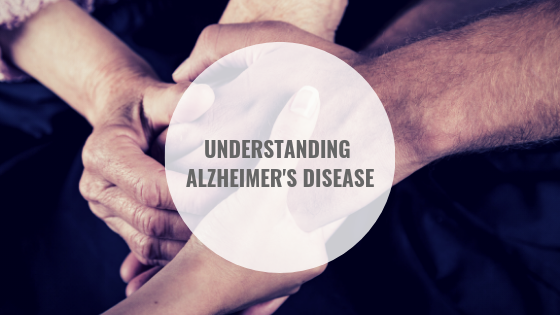I learned early in life about the perils of impaired cognition. I worked for Scotiabank for many years as a customer service agent. In this role, I would assist many clients who I now assume had dementia with their finances. I remember having to call family when one elderly woman replaced her visa card six times in one month. The family found them all in the lettuce compartment. Or, the other lady that paid the same roofer three times. She was being taken advantage of. In school, I read the book “The Man That Mistook His Wife for a Hat”. What a great way to understand dementia and Alzheimer’s disease.
It is national Alzheimer’s week so I thought I would take some time to talk about this very sad and difficult illness. Alzheimer’s disease, or related dementias, impact 1 in 11 Canadian’s over the age of 65, with three-quarters of these being females. It is expected that within a generation, this will double, to around 1.3 million people (http://www.alzheimertoronto.org/ad_Statistics.htm).
Signs of Alzheimer’s disease or dementia include:
- Judgment: such as forgetting how to use household appliances.
- Sense of time and place: getting lost on one’s own street; being unable to recognize or find familiar areas in the home.
- Behavior: becoming easily confused, suspicious or fearful.
- Physical ability: having trouble with balance; depending upon a walker or wheelchair to get around.
- Senses: experiencing changes in vision, hearing, sensitivity to temperatures or depth perception.
Assessment of this is often done medically by eliminating other factors that could explain these problems (such as poor sleep, medication use, other conditions, stress, etc). Also, an Occupational Therapy Assessment in the home is very helpful at determining how the noted problems are impacting function, how these can be addressed or treated, if the person is safe to be at home (with or without supports), and what care is required. Following the assessment, the Occupational Therapist can make recommendations regarding devices, strategies, and supports that can help to reduce the impacts of the disability, improve safely, promote independence, and ensure the caregiver is trained to provide the necessary support. Such suggestions could include ways to:
- Remove hazards at home.
- Prevent unwanted wandering.
- Safeguard medications.
- Reduce physical barriers that impact mobility.
- Improve visual perception through aids, devices and care techniques.
- Reduce against risks of unsafe food and beverage preparation or consumption.
As with most things, early diagnosis and intervention is key. Seek medical attention and ask for an OT in-home assessment to gather information about how to improve function, and to safely prevent premature losses that can result from lack of information about the condition and its management.

